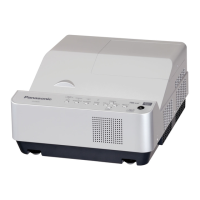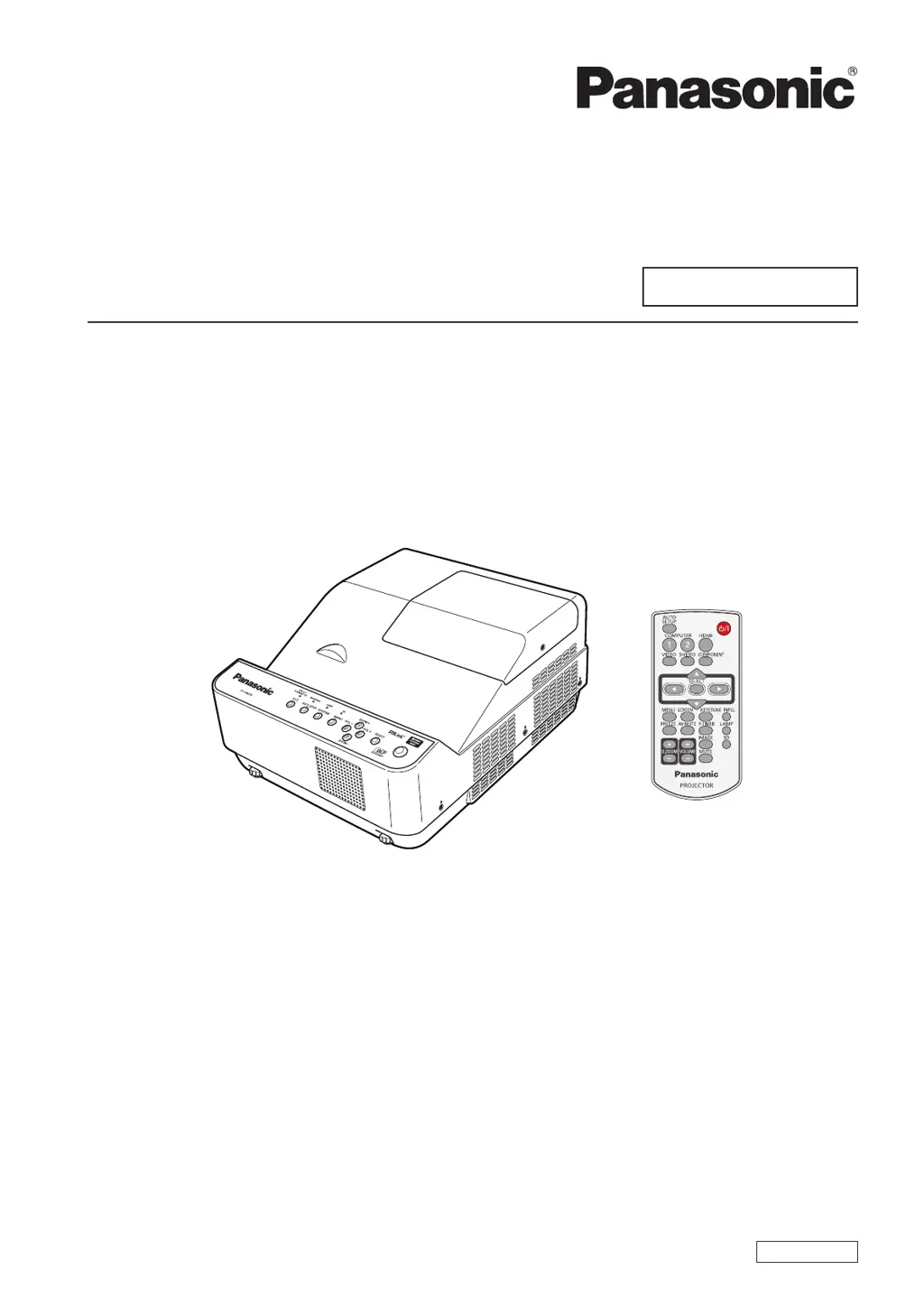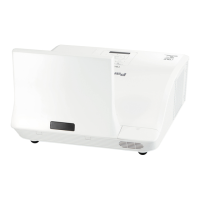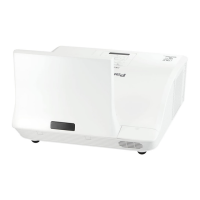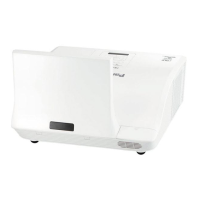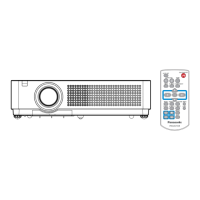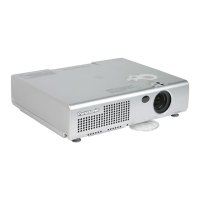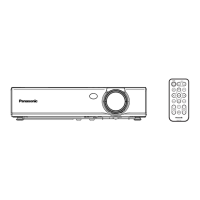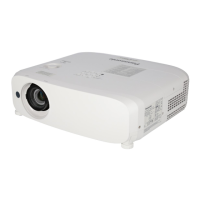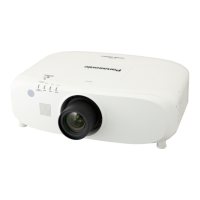Why is there no sound from the internal speaker on my Panasonic PT-CW230E Projector?
- RRobert ManningSep 4, 2025
If you're not getting any sound from the internal speaker of your Panasonic Projector, ensure the input terminals are correctly connected. Increase the volume level. Make sure the [AV mute] and [Mute] functions are turned off. If something is plugged into the AUDIO OUT, disconnect it to use the built-in speaker.
